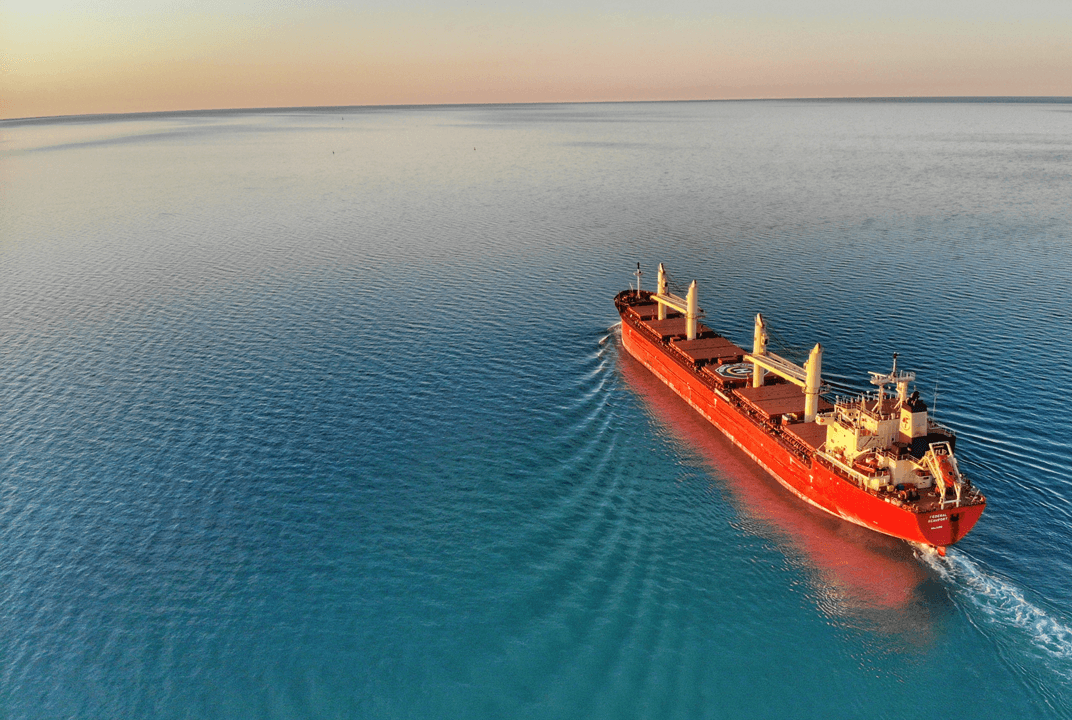Insight | The Optimal Route
The Optimal Route - the why and how of digital decarbonisation
null
In this report, we examine how the IMO’s mandatory Green House Gas reduction targets have been the catalyst for a torrent of regulatory, financial, policy, and market based measures that collectively put extreme pressure on the ocean freight sector to use digital technologies to reduce its carbon footprint.
An $11bn ecosystem of new digital tools and solutions has emerged for decarbonising conventional ships. 40% of all technology companies operating in the maritime sector have been founded since the launch of the IMO GHG strategy in 2011.
We explore how the industry and technology have responded to digital decarbonisation, such as remote surveys and inspections, software servicing and repair, training and certification, health and welfare, remote pilotage, paperless trade and voyage, weather and route optimisation.
The report concludes with real case stories of successful decarbonisation projects.
Report reveals
- The three steps shipping companies can take immediately and with relatively modest investment
- Defining digital decarbonisation and the pathway to 2050
- Technology focus - the movers and shakers of digital decarbonisation
Key findings
- Research suggests that digital decarbonising technologies alone can achieve up to a 38% reduction in absolute carbon emissions, with significant improvements to carbon intensity metrics at the same time
- Fleet intelligence, voyage optimisation, weather routing and reducing trade friction all demonstrate impressive reductions in idle time and inefficient processes, resulting in the prevention of millions of tons of CO₂
- Greater connectivity and digital data processing creates margin gains too, with profitability increases of between 4 and 17% demonstrated in trials, and uplifts of up to 50% predicted in some cases.
- How enhanced connectivity enables digital technologies that deliver positive outcomes for the health and wellbeing of ship’s crew, and reduce the environmental cost of diverting ships for reactive treatments

